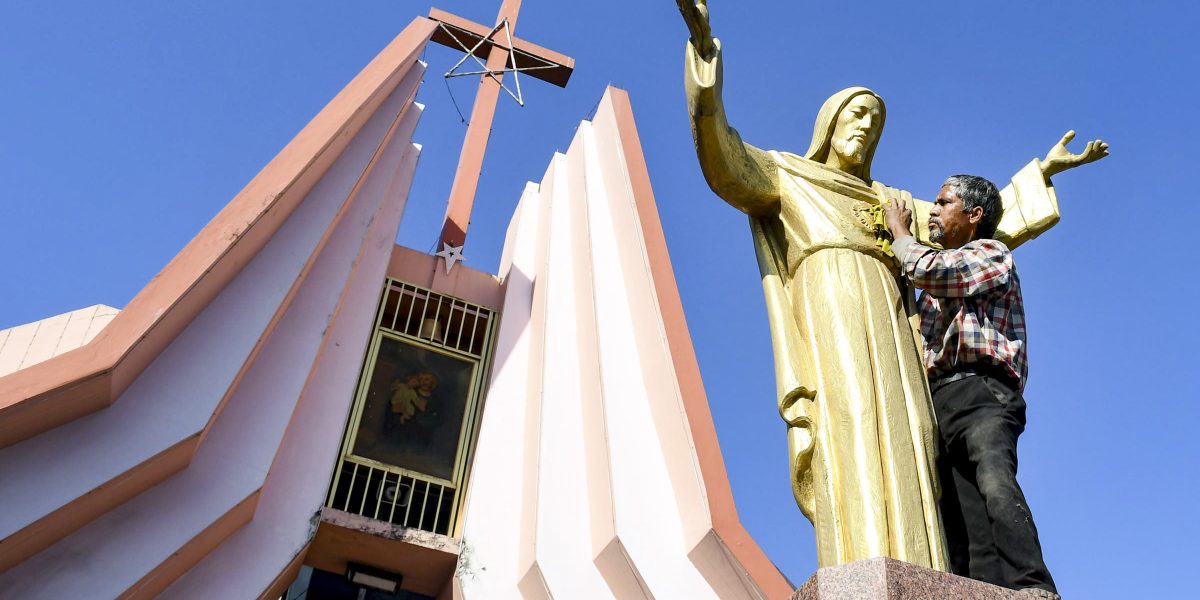
By ATUL DEV
NARENDRA MODI’S ARRIVAL in the prime minister’s office in 2014 heralded tense days for the Indian judiciary. The Bharatiya Janata Party’s manifesto had pledged to “set up a National Judicial Commission for the appointment of judges in higher judiciary.” Within months of the party taking power, both houses of parliament passed the ninety-ninth amendment to the Constitution, to create the National Judicial Appointments Commission. By the end of the year, it was ratified by 16 state legislatures, signed by the president and enshrined in law.
The NJAC, as envisioned, was to have six members, entrusted with control over appointments to the Supreme Court as well as appointments and transfers in all high courts. Led by the Chief Justice of India, it was to include the second and third most senior judges of the Supreme Court, the law minister, and two “eminent persons” nominated by a panel of the chief justice, the prime minister and the leader of the opposition. One of these persons was to either be a woman, or belong to a religious minority, scheduled caste or scheduled tribe.
The new body proposed to supplant the collegium system, which has fulfilled the same purpose since 1993. The collegium, too, is headed by the CJI, but its remaining membership is confined to their four most senior colleagues; there is no representation from outside the Supreme Court. It forwards the names of recommended appointees to the law ministry, which may, via the Intelligence Bureau, scrutinise their backgrounds. Barring any objections from the ministry, the candidates are then appointed to the court by the president. If the ministry wishes, it can send back, with its stated reasons, the names of any candidates it would like the collegium to reconsider. Should the collegium still stand by a candidate and reiterate its recommendation, the president must, despite the government’s reservations, issue their warrant of appointment. (Each high court has its own collegium, comprised of its chief justice and their two most senior colleagues. These nominate candidate judges for their respective courts, whose files must then be cleared by the Supreme Court collegium before they can be appointed.)





